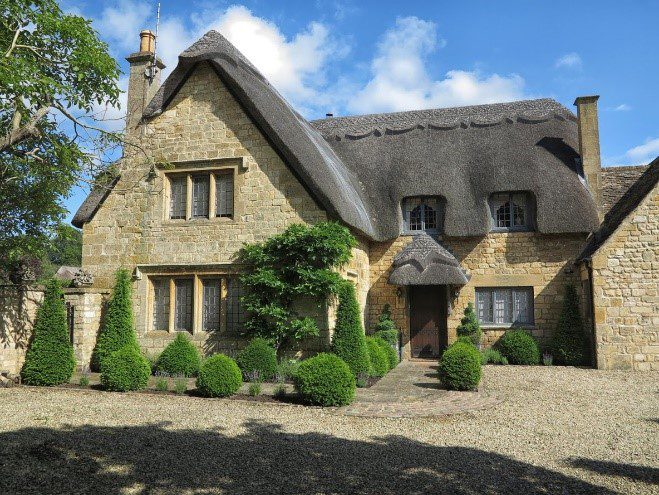Strengths and Weaknesses of Eco-Friendly Roofing Materials

Although some types of roofing material are more eco-friendly overall than others, there is no such thing as a carbon-neutral roof. Still, even environmentalists need roofs. Here are some strengths and weaknesses to help you weigh the environmental impacts of different roofing materials that are considered eco-friendly.
Metal:Some of the biggest selling points for metal roofing as an eco-friendly material are its reflectivity, its longevity, and its recyclability. It’s true that metal roofing can be a cooler roof than, say, natural slate, which is typically darker in color and less reflective. Metal roofing is also lightweight, meaning it takes less fuel to transport than heavier roofs.
Balancing these strengths is the fact that creating a metal roof still takes energy, some virgin materials (metal roofing maxes out at 95% recycled content), and transportation fuel, among other things. So a roof that takes less energy to manufacture or one that’s locally sourced could have the advantage over metal roofing in that regard.
Slate:Slate is a beautiful material that’s minimally processed. But it still needs to be transported, which takes relatively more fuel than transporting metal roofing would, since slate is quite heavy. Slate also has the disadvantage of being typically darker and less reflective than metal or tile, and it’s made from a non-renewable resource.
However, roofing slates have extreme longevity on their side; a slate roof can last upwards of a century and a half. And the slates are beautiful and useful even after their life on the roof is over. Slates that are no longer roof-worthy can be resold as garden stepping stones or even reused in your backyard for a rock garden, meaning they never have to end up in a landfill.
Clay or Concrete Tile:Tiles can be one of the best options for an eco-friendly roof on several fronts. First of all, they can be naturally reflective, and you can add a cool roof coating without damaging them. They can also have a long lifespan, especially if you choose clay tile, and can be recycled.
For the most eco-friendly roof, though, you could choose reclaimed tiles. This option lets you buy a roof without increasing demand for more tiles made from virgin materials. In addition, it allows you to support companies that make used tiles available for purchase rather than sending them to landfills or recycling centers.
Wood Shakes:The unique disadvantage of a wood roof is that since wood is so biodegradable, roofing shakes are typically treated with a lot of chemicals to help the roof last longer. However, they have several things in their favor: they’re lightweight, can be repurposed or even composted after use, and are cooler than darker materials such as slate.
Compared to materials such as copper or slate, wood shakes typically have a shorter lifespan. Choosing high-quality cedar shakes may lengthen the lifespan to 50 years, but then you have to worry about the environmental impact of cutting down cedar trees.
Old-growth cedar is considered the best for making roofs out of, so if you want to reduce your environmental impact, a high-grade cedar roof may not be for you. However, you may be able to find reclaimed cedar for your roof, although it’s not as common as reclaimed slate and tile.
Although no roof is truly carbon neutral, you can get close by choosing a roof made of locally sourced, reclaimed materials that can be recycled later and combining that with a cool roof coating to reduce the energy used to cool your house.
Even a reclaimed roof will need new flashings (if you want the roof to last), new underlayment, and new fasteners, but these have a much smaller impact than an entire roof made of all-new materials. For more information on metal roofing and the other types of roofing we can install for you, contact Ray’s Harford Home Improvement Contractors Inc. today.

